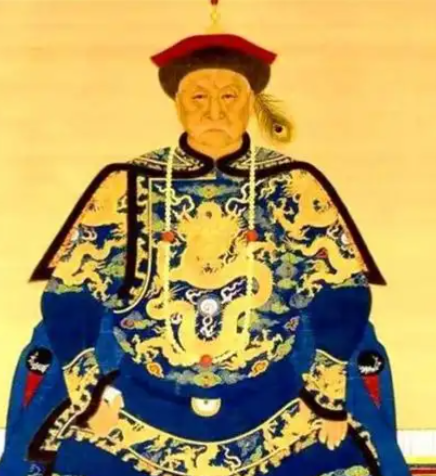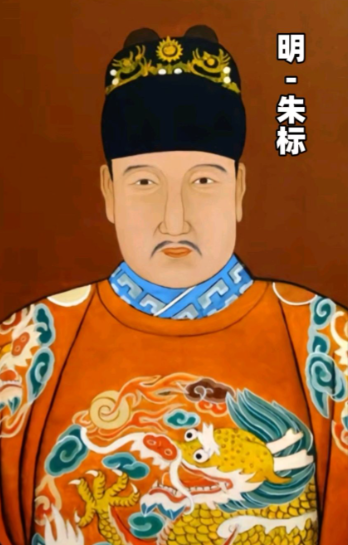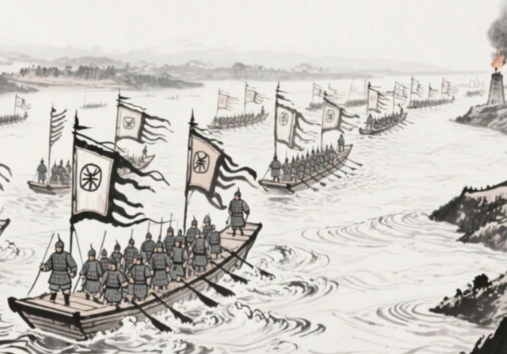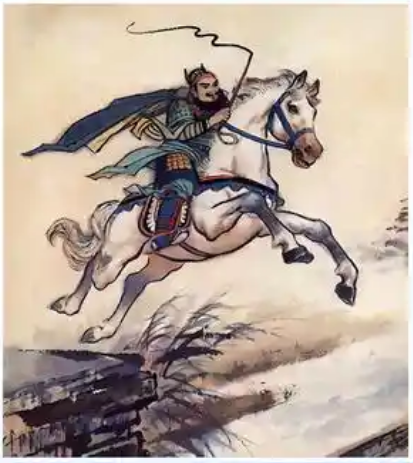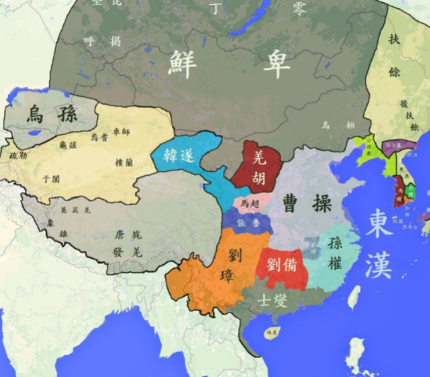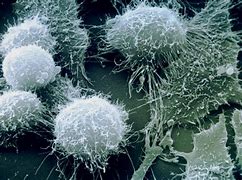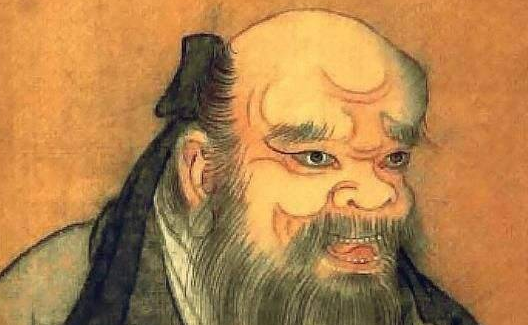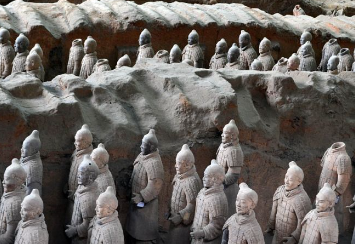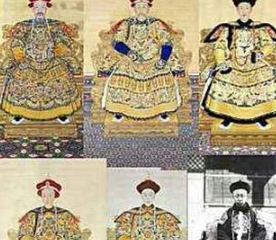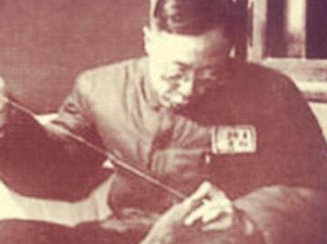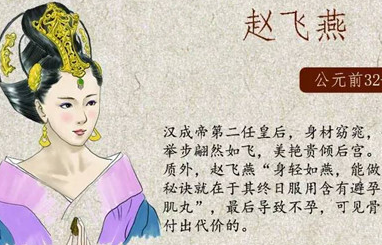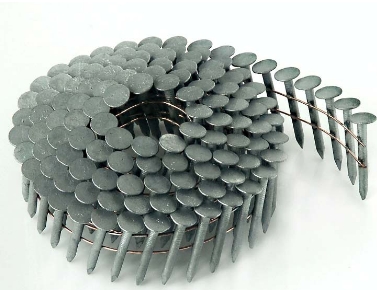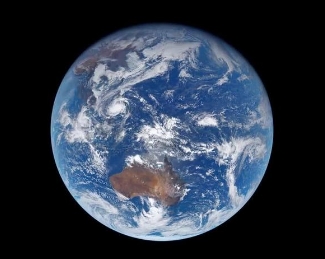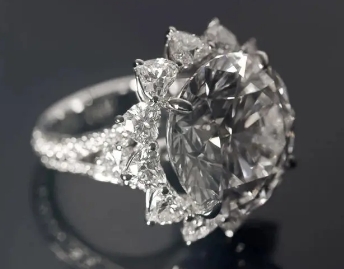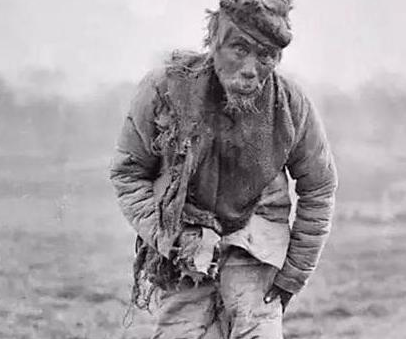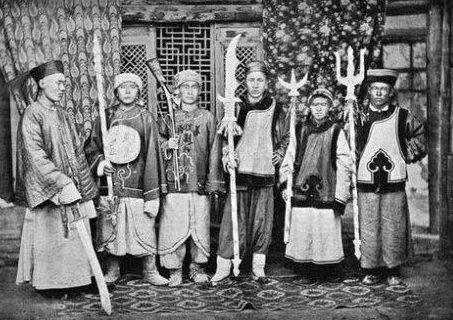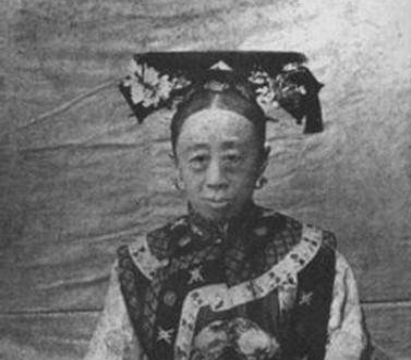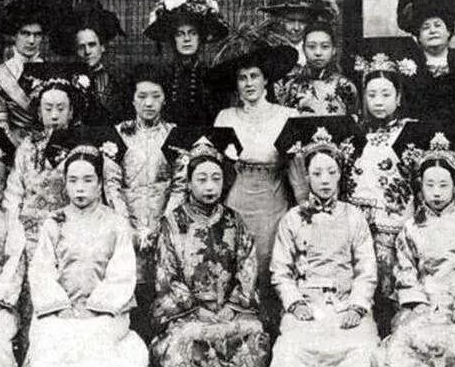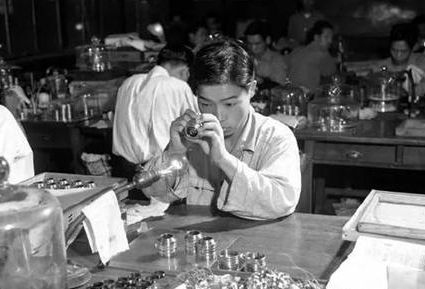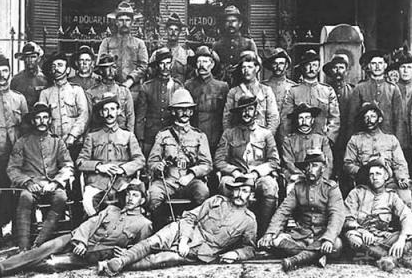玻色–爱因斯坦凝聚,外文名叫做Bose–Einstein condensate,简称BEC,是玻色子原子在冷却到接近绝对零度所呈现出的一种气态的、超流性的物质状态(物态),预言者是A.爱因斯坦。
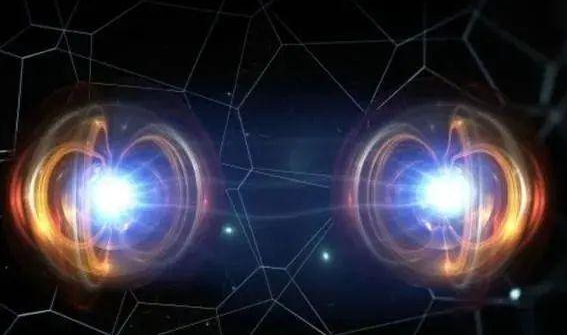
理论
所有原子的量子态都束聚于一个单一的量子态的状态被称为玻色凝聚或玻色-爱因斯坦凝聚。1920年代,萨特延德拉·纳特·玻色和阿尔伯特·爱因斯坦以玻色关于光子的统计力学研究为基础,对这个状态做了预言 。
2005年7月22日,乌得勒支大学的学生罗迪·玻因克在保罗·埃伦费斯特的个人档案中发现了1924年12月爱因斯坦手写的原文的草稿 。玻色和爱因斯坦的研究的结果是遵守玻色-爱因斯坦统计的玻色气体。玻色-爱因斯坦统计是描写玻色子的统计分布的理论。玻色子,其中包括光子和氦-4之类的原子,可以分享同一量子态。爱因斯坦推测将玻色子冷却到非常低的温度后它们会“落入”(“凝聚”)到能量最低的可能量子态中,导致一种全新的相态。
一个单纯的三维的气体的临界温度为(气体处在的外部势能是恒定的):
其中:
发现
1938年,彼得·卡皮查、约翰·艾伦和冬·麦色纳(Don Misener)发现氦-4在降温到2.2 K时会成为一种叫做超流体的新的液体状态 。超流的氦有许多非常不寻常的特征,比如它的黏度为零,其漩涡是量子化的。很快人们就认识到超液体的原因是玻色-爱因斯坦凝聚。事实上,康奈尔和威曼发现的气态的玻色-爱因斯坦凝聚呈现出许多超流体的特性。
“真正”的玻色-爱因斯坦凝聚最早是由康奈尔和威曼及其助手在天体物理实验室联合研究所于1995年6月5日制造成功的。他们使用激光冷却和磁阱中的蒸发冷却将约2000个稀薄的气态的铷-87原子的温度降低到170 nK后获得了玻色-爱因斯坦凝聚。四个月后,麻省理工学院的沃尔夫冈·克特勒使用钠-23独立地获得了玻色-爱因斯坦凝聚。克特勒的凝聚较康奈尔和威曼的含有约100倍的原子,这样他可以用他的凝聚获得一些非常重要的结果,比如他可以观测两个不同凝聚之间的量子衍射。2001年康奈尔、威曼和克特勒为他们的研究结果共享诺贝尔物理奖 。
康奈尔、威曼和克特勒的结果引起了许多试验项目。比如2003年11月因斯布鲁克大学的 鲁道尔夫·格里姆 ( 英语 : Rudolf Grimm ) 、科罗拉多大学鲍尔德分校的德波拉·金和克特勒制造了第一个分子构成的玻色-爱因斯坦凝聚。
与一般人们遇到的其它相态相比,玻色-爱因斯坦凝聚非常不稳定。玻色-爱因斯坦凝聚与外界世界的极其微小的相互作用足以使它们加热到超出临界温度,分解为单一原子的状态,因此在短期内不太有机会出现实际应用。
2016年5月17日,来自澳大利亚新南威尔士大学和澳大利亚国立大学的研究团队首次使用人工智能制造出了玻色-爱因斯坦凝聚。人工智能在此项实验中的作用是调节要求苛刻的温度和防止原子逃逸的激光束。
用于降低光速
虽然玻色-爱因斯坦凝聚很难理解也很难制作,但它们也有许多非常有趣的特性。比如它们可以有异常高的光学密度差。一般来说凝聚的折射系数是非常小的因为它的密度比平常的固体要小得多。但使用激光可以改变玻色-爱因斯坦凝聚的原子状态,使它对一定的频率的系数骤增。这样光速在凝聚内的速度就会骤降,甚至降到数米每秒。
自转的玻色-爱因斯坦凝聚可以作为黑洞的模型,入射的光不会逃离。凝聚也可以用来“冻结”光,这样被“冻结”的光在凝聚分解时又会被释放出来。
参阅
盒中气体
玻色气体
参考文献
《超流体 》/ (美)沈星扬著 (1982). - 北京: 科学出版社
文献
Bose, S. N. Plancks Gesetz und Lichtquantenhypothese. Zeitschrift für Physik. 1924, 26 : 178.Bibcode:1924ZPhy...26..178B. doi:10.1007/BF01327326 .
Einstein, A. Quantentheorie des einatomigen idealen Gases. Sitzungsberichte der Preussischen Akademie der Wissenschaften. 1925, 1 : 3. ,
Landau, L. D. The theory of Superfluity of Helium 111. J. Phys. USSR. 1941, 5 : 71–90.
L. Landau. Theory of the Superfluidity of Helium II. Physical Review. 1941, 60 (4): 356–358.Bibcode:1941PhRv...60..356L. doi:10.1103/PhysRev.60.356 .
M.H. Anderson, J.R. Ensher, M.R. Matthews, C.E. Wieman, and E.A. Cornell. Observation of Bose–Einstein Condensation in a Dilute Atomic Vapor. Science. 1995, 269 (5221): 198–201.Bibcode:1995Sci...269..198A. JSTOR 2888436 . PMID 17789847 . doi:10.1126/science.269.5221.198 .
C. C. Bradley, C. A. Sackett, J. J. Tollett, and R. G. Hulet. Evidence of Bose–Einstein Condensation in an Atomic Gas with Attractive Interactions. Physical Review Letters. 1995, 75 (9): 1687–1690.Bibcode:1995PhRvL..75.1687B. PMID 10060366 . doi:10.1103/PhysRevLett.75.1687 . .
C. Barcelo, S. Liberati and M. Visser. Analogue gravity from Bose–Einstein condensates. Classical and Quantum Gravity. 2001, 18 (6): 1137–1156.Bibcode:2001CQGra..18.1137B. arXiv:gr-qc/0011026 . doi:10.1088/0264-9381/18/6/312 .
P.G. Kevrekidis, R. Carretero-Gonzlaez, D.J. Frantzeskakis and I.G. Kevrekidis.Vortices in Bose–Einstein Condensates: Some Recent Developments. Modern Physics Letters B. 2006, 5 (33).
K.B. Davis, M.-O. Mewes, M.R. Andrews, N.J. van Druten, D.S. Durfee, D.M. Kurn, and W. Ketterle. Bose–Einstein condensation in a gas of sodium atoms. Physical Review Letters. 1995, 75 (22): 3969–3973.Bibcode:1995PhRvL..75.3969D. PMID 10059782 . doi:10.1103/PhysRevLett.75.3969 . .
D. S. Jin, J. R. Ensher, M. R. Matthews, C. E. Wieman, and E. A. Cornell. Collective Excitations of a Bose–Einstein Condensate in a Dilute Gas. Physical Review Letters. 1996, 77 (3): 420–423.Bibcode:1996PhRvL..77..420J. PMID 10062808 . doi:10.1103/PhysRevLett.77.420 .
M. R. Andrews, C. G. Townsend, H.-J. Miesner, D. S. Durfee, D. M. Kurn, and W. Ketterle. Observation of interference between two Bose condensates. Science. 1997, 275 (5300): 637–641. PMID 9005843 . doi:10.1126/science.275.5300.637 . .
Eric A. Cornell and Carl E. Wieman. The Bose–Einstein Condensate. Scientific American. 1998, 278 (3): 40–45. doi:10.1038/scientificamerican0398-40 .
M. R. Matthews, B. P. Anderson, P. C. Haljan, D. S. Hall, C. E. Wieman, and E. A. Cornell. Vortices in a Bose–Einstein Condensate. Physical Review Letters. 1999, 83 (13): 2498–2501.Bibcode:1999PhRvL..83.2498M. arXiv:cond-mat/9908209 . doi:10.1103/PhysRevLett.83.2498 .
E.A. Donley, N.R. Claussen, S.L. Cornish, J.L. Roberts, E.A. Cornell, and C.E. Wieman. Dynamics of collapsing and exploding Bose–Einstein condensates. Nature. 2001, 412 (6844): 295–299.Bibcode:2001Natur.412..295D. PMID 11460153 . arXiv:cond-mat/0105019 . doi:10.1038/35085500 .
A. G. Truscott, K. E. Strecker, W. I. McAlexander, G. B. Partridge, and R. G. Hulet. Observation of Fermi Pressure in a Gas of Trapped Atoms. Science. 2001, 291 (5513): 2570–2572.Bibcode:2001Sci...291.2570T. PMID 11283362 . doi:10.1126/science.1059318 .
M. Greiner, O. Mandel, T. Esslinger, T. W. Hänsch, I. Bloch. Quantum phase transition from a superfluid to a Mott insulator in a gas of ultracold atoms. Nature. 2002, 415 (6867): 39–44.Bibcode:2002Natur.415...39G. PMID 11780110 . doi:10.1038/415039a . .
S. Jochim, M. Bartenstein, A. Altmeyer, G. Hendl, S. Riedl, C. Chin, J. Hecker Denschlag, and R. Grimm. Bose–Einstein Condensation of Molecules. Science. 2003, 302 (5653): 2101–2103.Bibcode:2003Sci...302.2101J. PMID 14615548 . doi:10.1126/science.1093280 .
Markus Greiner, Cindy A. Regal and Deborah S. Jin. Emergence of a molecular Bose−Einstein condensate from a Fermi gas. Nature. 2003, 426 (6966): 537–540.Bibcode:2003Natur.426..537G. PMID 14647340 . doi:10.1038/nature02199 .
M. W. Zwierlein, C. A. Stan, C. H. Schunck, S. M. F. Raupach, S. Gupta, Z. Hadzibabic, and W. Ketterle. Observation of Bose–Einstein Condensation of Molecules. Physical Review Letters. 2003, 91 : 250401.Bibcode:2003PhRvL..91y0401Z. PMID 14754098 . arXiv:cond-mat/0311617 . doi:10.1103/PhysRevLett.91.250401 .
C. A. Regal, M. Greiner, and D. S. Jin. Observation of Resonance Condensation of Fermionic Atom Pairs. Physical Review Letters. 2004, 92 (4): 040403.Bibcode:2004PhRvL..92d0403R. PMID 14995356 . arXiv:cond-mat/0401554 . doi:10.1103/PhysRevLett.92.040403 .
C. J. Pethick and H. Smith, Bose–Einstein Condensation in Dilute Gases , Cambridge University Press, Cambridge, 2001.
Lev P. Pitaevskii and S. Stringari, Bose–Einstein Condensation , Clarendon Press, Oxford, 2003.
Mackie M, Suominen KA, Javanainen J., "Mean-field theory of Feshbach-resonant interactions in 85Rb condensates." Phys Rev Lett. 2002 Oct 28;89(18):180403.


